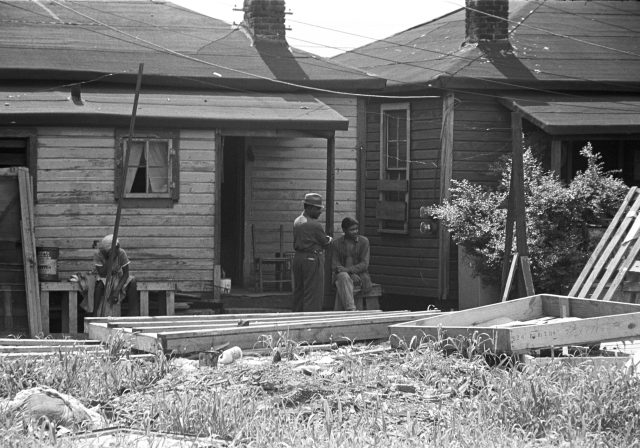
By Ryan Michaels
The Birmingham Times
Some of the work Jim Peppler is most proud while covering the South is his photography in forgotten communities, like Birmingham’s Little Korea. The area of about four blocks, situated north of what is now Reverend Abraham Woods Jr. Boulevard in what is now Fountain Heights, was inhabited mostly by some of the city’s most impoverished residents.
According to reporting by the Courier, the neighborhood was described as “a trap,” where the houses were “small frame structures or piles of concrete blocks.” A large part of Little Korea was swept away for construction of the Interstate 20/59 downtown viaduct.
Those are just some of the 11,000 photographs he took during the mid-60s as lead photographer for The Southern Courier, a Montgomery, Alabama-based weekly newspaper that Harvard University students founded to cover the Civil Rights Movement and people of color, both of which had largely been ignored throughout the South and rest of the nation.
He believes that part of his duty as a photographer is “to somehow make sure that the ignored people, people on the fringes of society, [people who] are valuable human beings just like you are or I am or anybody is, … are represented, are acknowledged.”
Peppler’s visits to the Magic City led to numerous images of Civil Rights Movement leaders, including the Rev. Fred L. Shuttlesworth speaking to demonstrators gathered downtown Birmingham outside the Jefferson County Courthouse to protest the incarceration of the Rev. Dr. Martin Luther King Jr.
Peppler also remembers photographing a musical performance in Kelly Ingram Park, a performance that preceded a march, probably another protest of an arrest of Dr. King.
“[Musicians] were just out there performing for the public at that park out of their interest in and compassion for what was going on,” Peppler said. “I remember the march started there and then went on into town. I remember being struck by it just being mostly older women and children who were participating.”
To learn more about the Southern Courier, visit southerncourier.org. To see additional art from Jim Peppler, visit the Alabama Department of Archives and History at https://bit.ly/3riHVjd.




